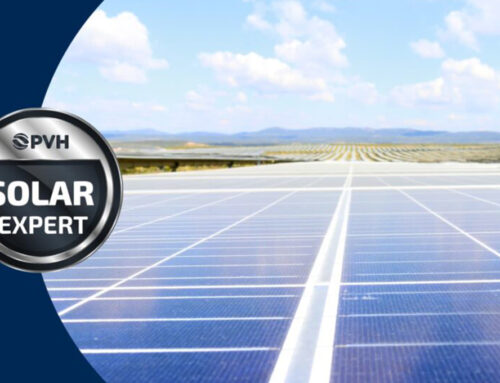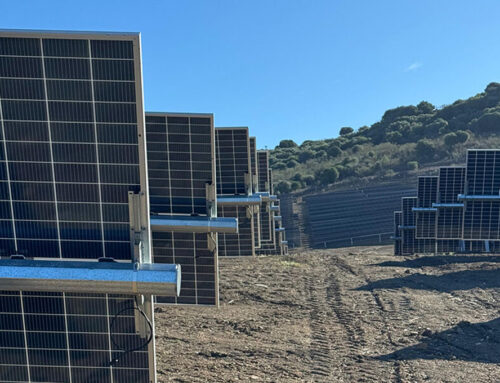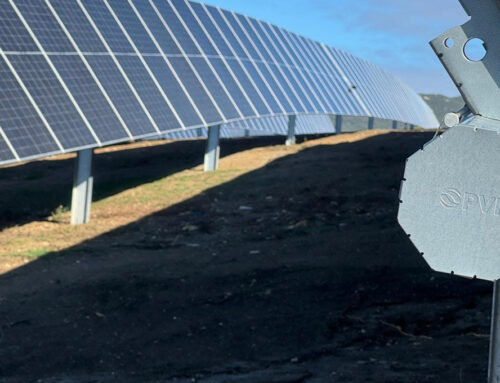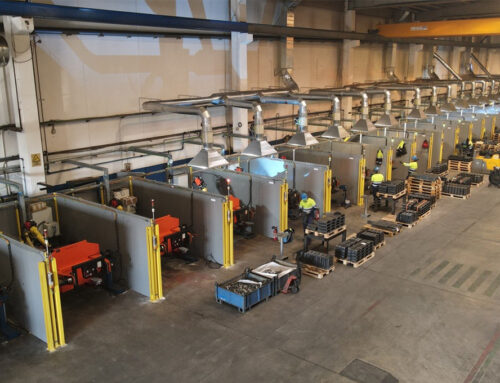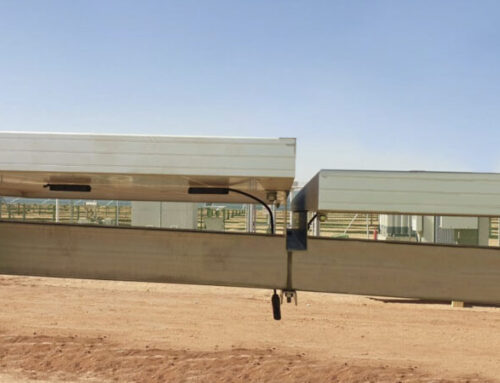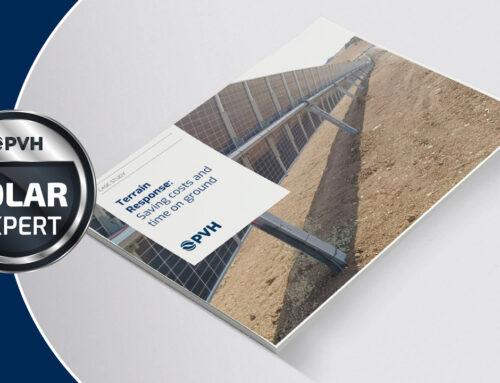How 3D Backtracking Improves Energy Performance in Solar Plants?
09/04/2025
Maximizing energy output in Solar plants depends on many variables, but few are as decisive as the backtracking algorithm you use. In this article, you’ll discover how PVH’s Backtracking 3D is transforming performance on complex terrain, and why it’s one of the most advanced technologies in the world of smart solar trackers.
What is backtracking in Solar tracking systems?
Backtracking is a technique used by Solar trackers to avoid inter-row shading, especially during sunrise and sunset. Traditional algorithms only take into account the East-West slope, which is often insufficient when the terrain features undulations or inclinations in multiple directions.
Why do you need 3D backtracking?
When North-South slopes or installation deviations are ignored, corner and diagonal shadows appear—shadows that can drastically reduce power output by affecting key cells in a PV module. This is where adaptive 3D backtracking becomes essential, like the one used in PVH’s Backtracking 3D system.
Backtracking 3D: Smart technology for maximized PV output
PVH’s Backtracking 3D algorithm doesn’t just avoid row-to-row shadows; it optimizes energy yield even in the presence of minor edge shading, which traditional systems aim to fully eliminate,—sometimes at the cost of less effective sun orientation.
Key benefits of Backtracking 3D:
- Adapts to both East-West and North-South terrain slopes.
- Calculates the optimal tilt angle per individual tracker, based on its 3D surroundings.
- Up to 4% more annual energy yield compared to standard backtracking.
- Up to 50%–300% energy boost during sunrise/sunset backtracking phases.
- Valuable even on “flat” terrains, thanks to its correction of installation deviations.
![]()
What sets Backtracking 3D apart from other algorithms?
Most backtracking systems aim to eliminate all possible shadows. However, Backtracking 3D is based on a balanced optimization strategy that prioritizes higher energy production,—even if that means tolerating minor corner shading.
📈 Key finding: eliminating all shadows can reduce energy yield because it forces the trackers into suboptimal orientations to the sun.
![]()
Is Backtracking 3D right for your solar project?
PVH offers pre-construction analysis to assess the potential gains of implementing Backtracking 3D in your project. Even in terrains that appear flat, small installation errors or terrain variations can impact shading and performance.
Most favorable terrain types:
- E-W and N-S undulating terrain (up to +4% yield gain)
- Mild inclinations with misaligned posts (+1% to +1.3%)
- Trackers with axis deviations or orientation inaccuracies
| Terrain Type (West – East) | Terrain Description | Average Slope | Energy Yield Gain with DeepTrack 3D |
|---|---|---|---|
| Terrain with several undulations in E-W and N-S directions | E-W: 6% N-S: 7.5% |
Up to 0.65% | |
| Terrain with a slope from east to west or vice versa | E-W: 4% N-S: 1% |
Up to 1.2% | |
| Terrain with a slope facing east and another facing west | E-W: 3.5% N-S: 4% |
Up to 1.36% | |
| Terrain with high slopes | E-W: 8.5% N-S: 6.5% |
Up to 4% |
The future of solar tracking is 3D
PVH’s Backtracking 3D algorithm is a major step forward in the way solar plants manage shading and optimize orientation. Its balanced strategy between shade control and sun alignment is proving to deliver substantial improvements in energy output and project ROI.
“In terrains with multiple slopes, we’ve seen Backtracking 3D make the difference between an average plant and an exceptional one. Our goal is to ensure every project generates to its full potential.”
— Noel Alvarez, Technical Presales Manager at PVH
📥 Want the technical insights?
📄 Download the full Backtracking 3D whitepaper (PDF)
📧 Are you working on a solar project and want to know if you can optimize it further?👉 Get in touch with one of our global offices:

